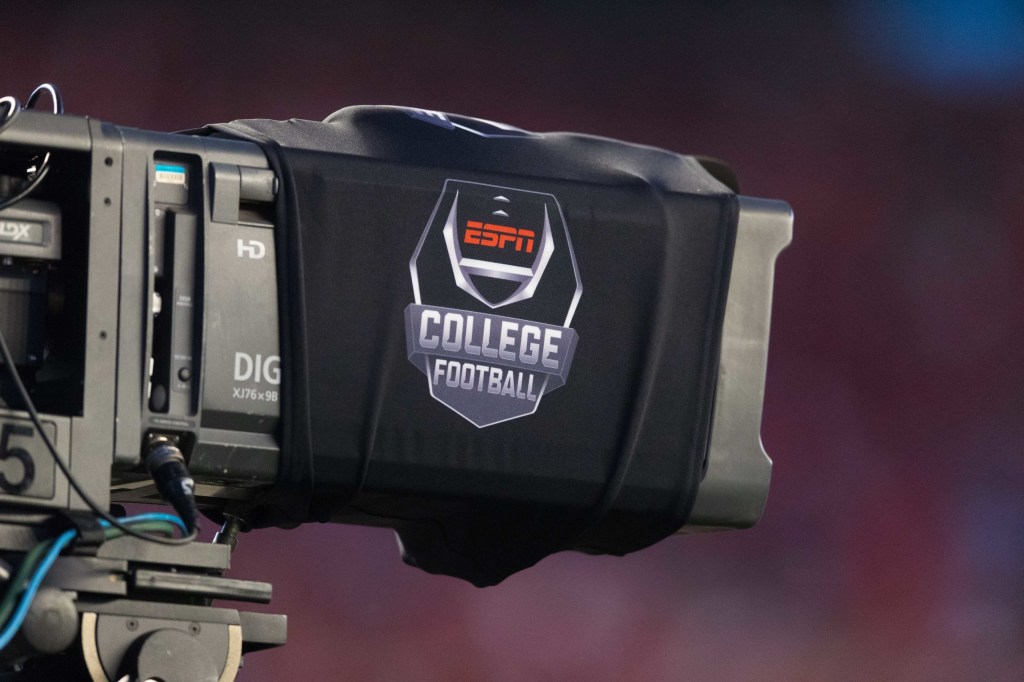By: Olivia Phelps, @OliviaGPhelps

It took me until the summer before my sophomore year of college to realize I wanted to pursue a career in sports journalism — that summer was five years ago.
Since then I became the Sports Editor of my college newspaper, interned at the Washington Times, covered Georgetown women’s basketball, blogged for ESPN, started working at the Big West Conference and worked on over 120 ESPN3 broadcasts.
When I first started, I interned for a small newspaper in Utah and went to local football games. I remember standing under those Friday night lights for the first time as a reporter and thinking to myself, “I could do this forever.” Back then, it was me and a pad of paper. Now, it’s Snapchat, Twitter, Facebook, Instagram, Periscope and a handful of other platforms that we consume daily.
While I haven’t been in the business as long as my idols and mentors, I came into the profession around the time that social media became a daily necessity and a marketing entity.
I had someone ask me in an interview once how many accounts followed me on Twitter.
We’re constantly meeting on how to release information on what platforms at what particular time. There’s a science to social media, and it’s not only up to us as consumers to define it, but also as professionals to attempt to understand it. I can tell you the top three “liked” posts on the Big West Instagram because I’ve poured over what went into the post’s success.
While social media is a beast all its own, I’ve also had the firsthand experience of taking part in ESPN’s digital platform, ESPN3.
During the fortuitous summer, I started interning for the Big West Conference, the league penned a partnership with the network to broadcast events annually on the ESPN family of networks. The opportunity to get involved presented itself, and I jumped on it immediately.
I volunteered to take part in the venture in any way I could positively contribute. It just so happened that my producer needed a Graphics Operator. I, again, jumped right in and learned an entirely new skill.
ESPN3 presents an opportunity to digitally broadcast sporting events that generally would have otherwise been absent from its networks. The digital channel allows for a plethora of events at a fraction of the cost.
The particular crew I work with at the Big West broadcasts out of a Sprinter van, producing over 60 events annually including women’s volleyball, women’s soccer, men’s and women’s basketball, baseball and softball.
The events are available on the WatchESPN app and at WatchESPN.com where the program lives for 30 days after its original air date.
I am grateful for the invaluable lessons I’ve learned while working on ESPN3 broadcasts and for the people I’ve networked with in the process.
The same network that put sports on the air around the clock now puts games in our pockets.
Regardless of how the industry has changed, I think most of us still say to ourselves, “I could do this forever.”

















